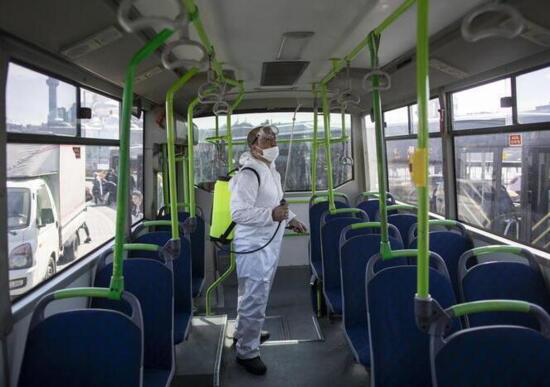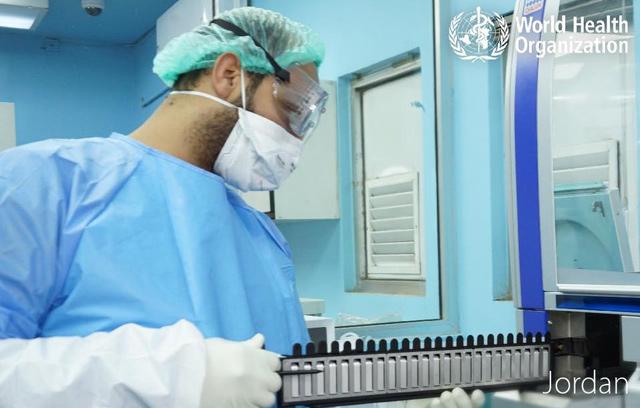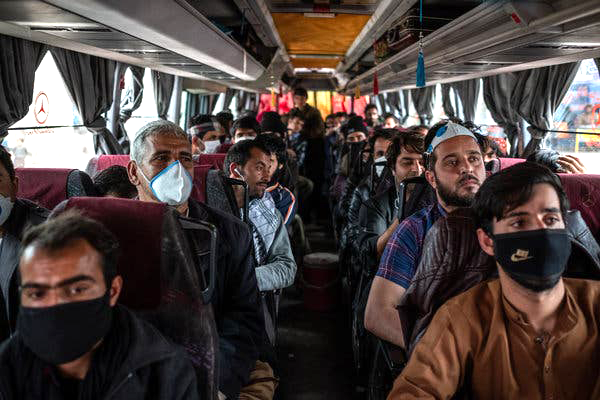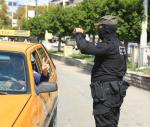You are here
Chinese bus offers new evidence of airborne coronavirus spread
By AFP - Sep 04,2020 - Last updated at Sep 04,2020

Photo courtesy of sustainable-bus.com
WASHINGTON — A person on a poorly ventilated Chinese bus infected nearly two dozen other passengers with coronavirus even though many weren't sitting close by, according to research published on Tuesday that offers fresh evidence the disease can spread in the air.
Health authorities had initially discounted the possibility that simply breathing could send infectious micro-droplets into the air, but did a U-turn as experts piled on pressure and evidence mounted.
The article published Tuesday in JAMA Internal Medicine probes the threat of airborne infection by taking a close look at passengers who made a 50-minute trip to a Buddhist event in the eastern Chinese city of Ningbo aboard two buses in January before face masks became routine against the virus.
Researchers believe a passenger, whose gender was not identified, was likely patient zero because the person had been in contact with people from Wuhan, the city where the contagion emerged late last year.
The scientists managed to map out where the other passengers sat, and also test them for the virus, with 23 of 68 passengers subsequently confirmed as infected on the same bus.
What is notable is that the sickness infected people in the front and back of the bus, outside the perimeter of 1-2 metres (three-six feet) that authorities and experts say infectious droplets can travel.
On top of that, the sick passenger was not yet showing symptoms of the disease, such as a cough, when the group made their trip to a religious event.
Researchers also noted the air conditioning simply recirculated the air inside the bus, which likely contributed to spreading of the virus.
"The investigations suggest that, in closed environments with air recirculation, SARS-CoV-2 is a highly transmissible pathogen," they wrote, referring to the name of the virus.
"Our finding of potential airborne transmission has important public health significance."
Their study, which includes a diagram showing where each infected passenger sat, adds to the evidence of airborne transmission, including research into how the virus spread between diners' tables at a restaurant in the southern Chinese city of Guangzhou.
Meanwhile, people wearing plastic face shields or masks fitted with a valve can spray invisible droplets over a very wide area when they sneeze or cough, making the devices ineffective at preventing the spread of coronavirus when used on their own, a simulation model shows.
In a report published Tuesday in the US journal Physics of Fluids, researchers at Florida Atlantic University used vertical and horizontal laser sheets to track tiny droplets of distilled water and glycerin as they spread from a hollow mannequin head fitted with a plastic face shield or a mask with a breathing valve on it.
The face shield initially blocks the passage of the droplets as they move forwards, but "the expelled droplets can move around the visor with relative ease and spread out over a large area," the researchers said.
As for a mask with a valve fitted to make breathing easier, "a large number of droplets pass through the exhale valve unfiltered, which make it ineffective in stopping the spread the COVID-19 virus if the person wearing the mask is infected."
The researchers concluded that despite the comfort that both types of protection offer, high-quality cloth or medical masks of plain design are preferential in helping prevent the spread of the virus.
Related Articles
AMMAN — The possibility of airborne transmission of COVID-19 is currently being studied and requires further research and evidence, Spokespe
WASHINGTON — Health experts have determined that face coverings are a vital tool in reducing the spread of coronavirus — but little research
The new coronavirus appears to linger in the air in crowded spaces or rooms that lack ventilation, researchers found in a study that buttres


















